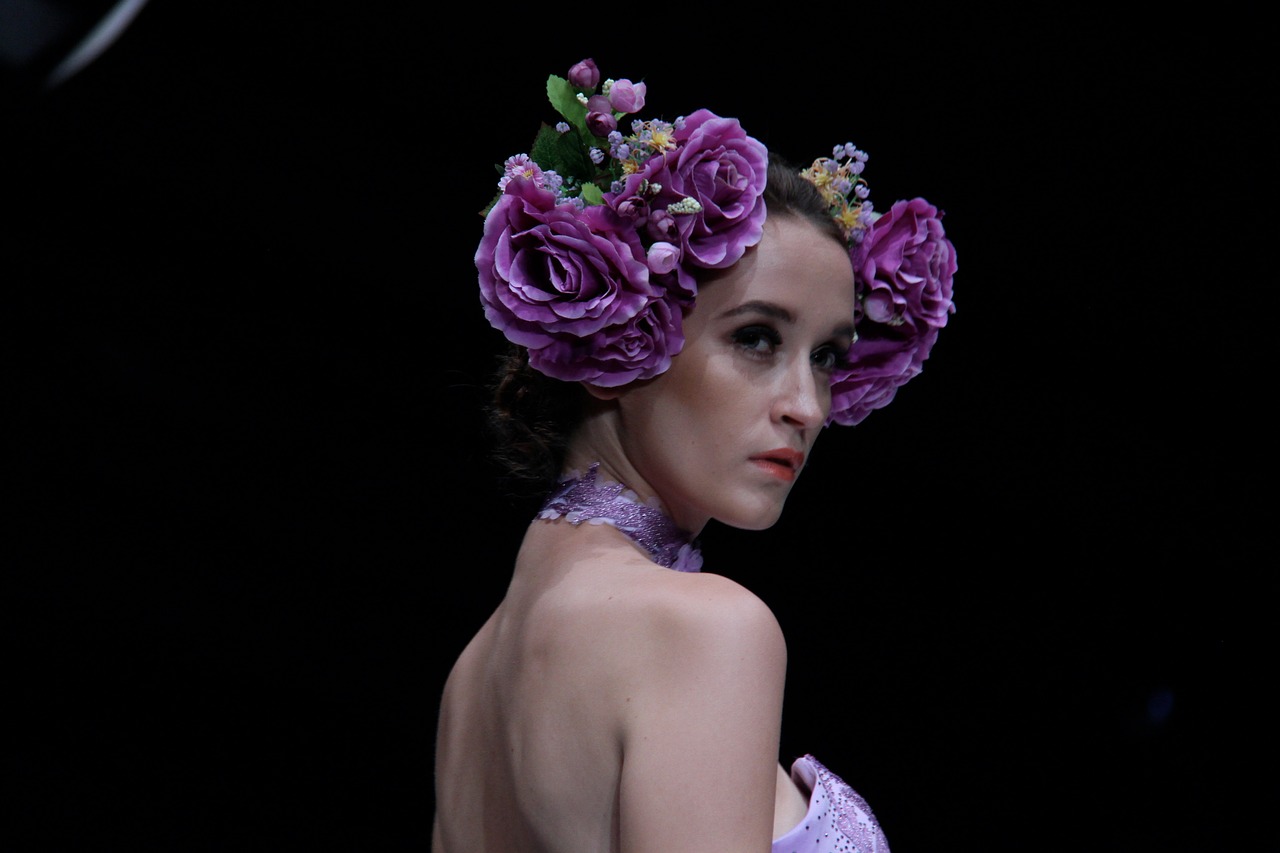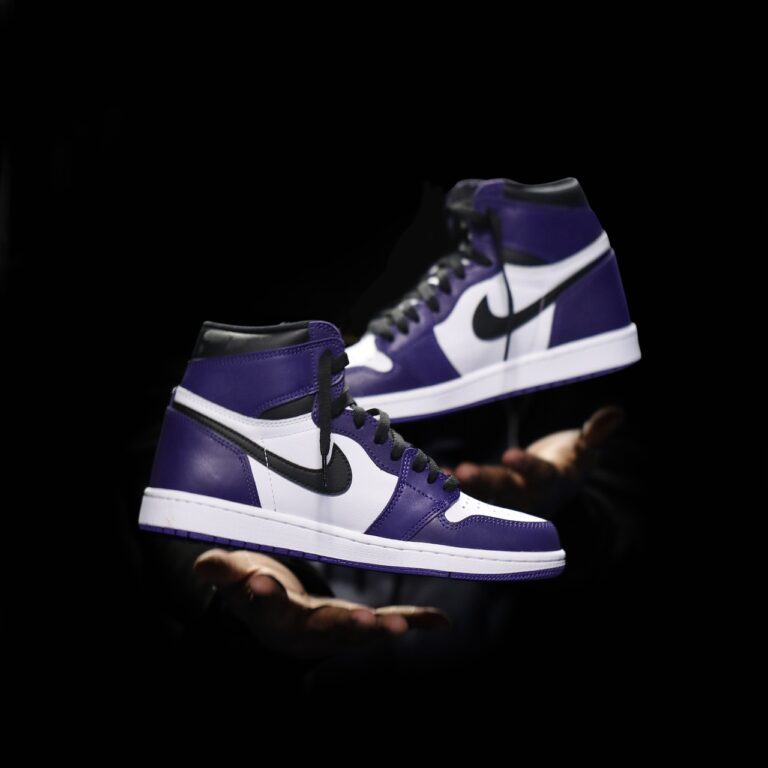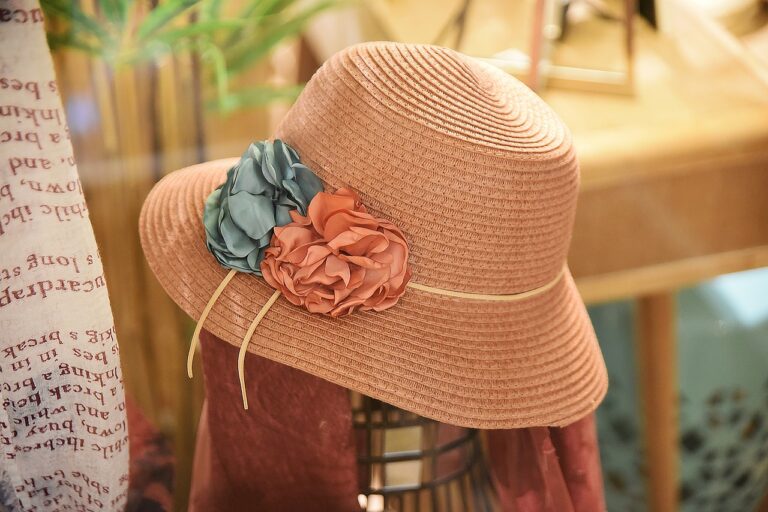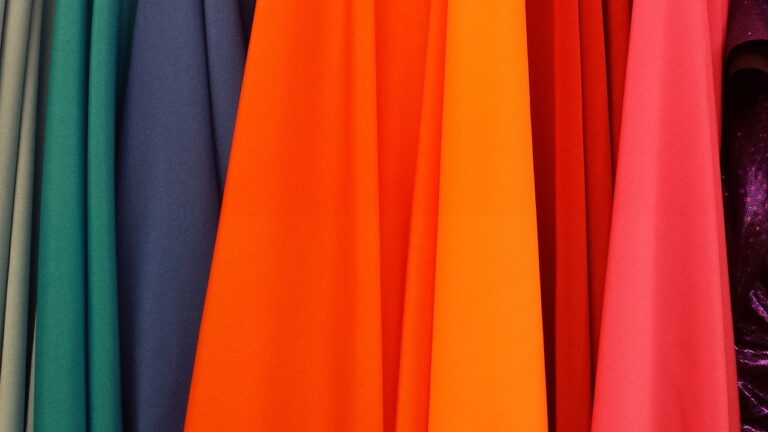Fashion and Social Media: Influencer Marketing Regulations and Guidelines
Influencer marketing in the fashion industry is continuously evolving, with new trends shaping the way brands connect with their target audience. As social media platforms continue to grow in popularity, influencers have become powerful voices that can sway consumer behavior. Brands are increasingly partnering with influencers to create authentic content that resonates with their followers and drives engagement.
The future of influencer marketing in the fashion industry holds even more opportunities for collaboration and creativity. With the rise of micro-influencers and niche markets, brands now have a wider pool of potential collaborators to choose from. Additionally, as technology advances, we can expect to see more interactive and personalized content from influencers, further blurring the lines between advertising and organic promotion.
Strategies for brands to navigate the evolving landscape of influencer marketing
In an ever-evolving landscape of influencer marketing, brands need to embrace authenticity and transparency to resonate with consumers. It’s crucial for brands to carefully select influencers who align with their values and can genuinely connect with their target audience. By focusing on building long-term relationships with influencers who have a genuine interest in the brand, companies can establish credibility and trust with consumers.
Moreover, brands should prioritize micro-influencers who have a niche following rather than solely focusing on macro-influencers with a large reach. Micro-influencers often have a more engaged and loyal fan base, leading to higher conversion rates for brands. By collaborating with micro-influencers, brands can create more personalized and targeted campaigns that speak directly to their ideal customers.





